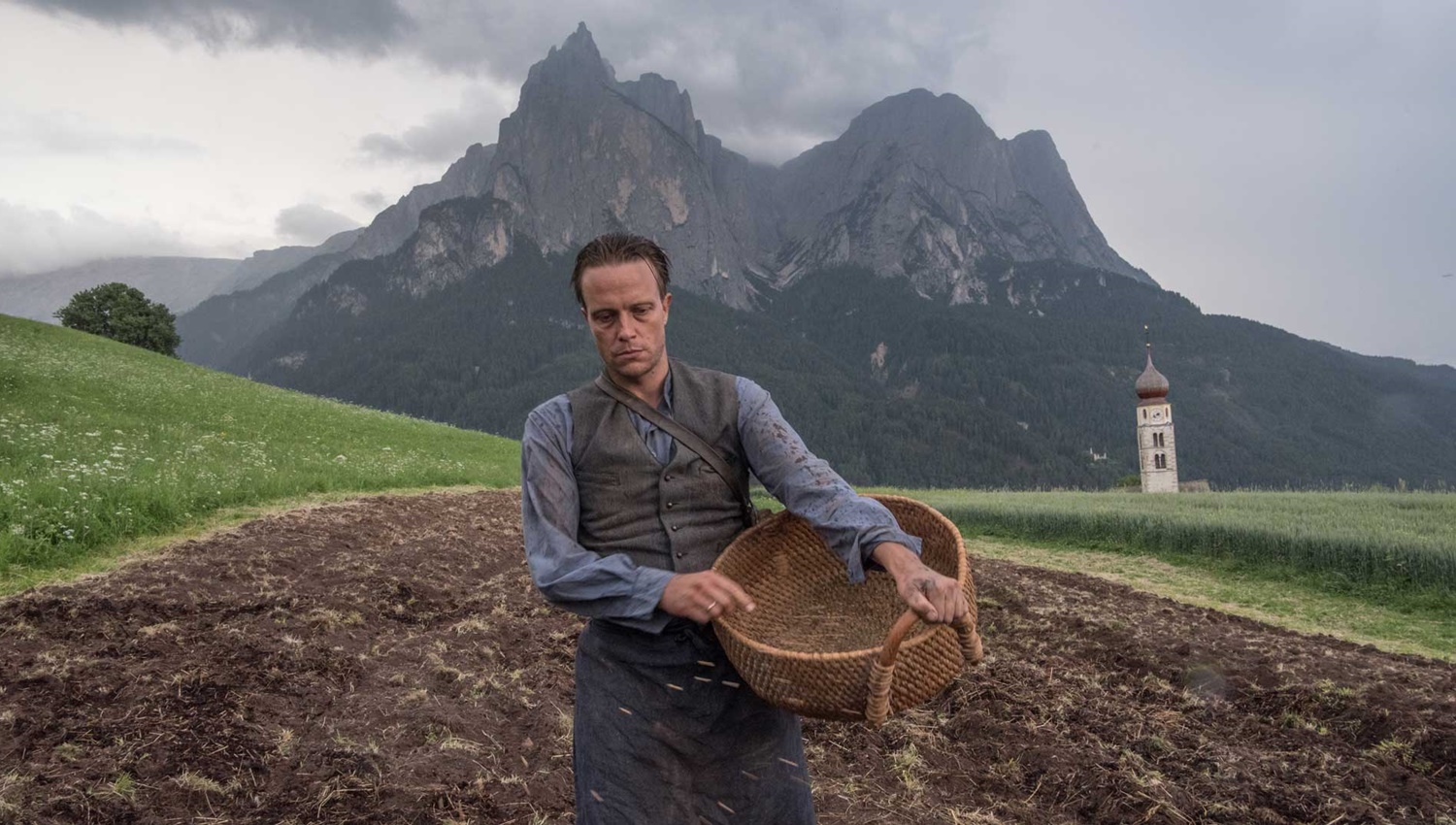
A Hidden Life
Dustin Chase
Shot back in 2016, Terrence Malick’s latest film is also his longest. Based on a true story, “A Hidden Life” is his first linear narrative since “The New World.” With so many flashbacks and “visions,” it certainly does not follow a traditional linear path. Taking over for Malick’s frequent collaborator Emmanuel Lubezki, Jörg Widmer’s opening shots of Germany and Austria are breathtaking. Luscious green fields, snow-capped mountains in the background, stirring waterfalls. The beauty of natural light is captivating for about 30 minutes until Malick infamously begins stretching a 10-minute plotline into a three hour film. With each film, Malick appears obsessed with a particular element, in “A Hidden Life” it’s fog.
“It seemed no trouble could reach our valley. We lived above the clouds,” Franziska Jägerstätter (Pachner) says. It was Franziska who drew her husband Franz (Diehl) back into the Catholic faith. A farmer content with his small life, his loving marriage, and his three daughters, he viewed everything concerning the Nazi’s as immoral and sinful, against the very faith he had come to embrace. Therefore he rejected the call to war as his village, local priests and even family members accused him of betraying the Fatherland. “God doesn’t care what you say, only what’s in your heart,” Bishop Joseph Fliessen (Nyqvist) pleads with Franz to take the oath and spare his life. Franziska respects her husband’s convictions as she attempts to keep the farm and raise their daughters alone.
With each film, Malick appears obsessed with a particular element, in A Hidden Life it’s fog.
The film was shot over the course of eight weeks in Germany but Malick spent over three years editing the film. In that time, both Nyqvist and Ganz have passed away. At the one hour and 19-minute mark actor, Matthias Schoenaerts (The Mustang) arrives on the screen to interrogate the eventual martyr. “What purpose does it serve,” he asks. Indeed, what purpose does Malick’s three-hour long poetic style cinema serve a story that could have real power and emotion, but instead is lost in excess? So much of the running time is devoted to Franziska and Franz narrating letters to each other. Malick’s dependency on voice over is used so frequently throughout his films it holds little weight as a compelling storytelling device.
By the time Franz is condemned to death in a court led by Bruno Ganz playing a judge, the audience has also been condemned to sleep. It’s true that Malick’s films produce calming effects, the natural tones and natural lighting mixed with soft sounds, including James Newton Howard’s subtle score (Which was disqualified from next year’s Oscars), lull the viewer into a lethargic state. “A Hidden Life” is more passionate than the Texas filmmaker’s previous fragmented films “Song to Song,” “To the Wonder” or “Knight of Cups.” The message is far more clear here as Malick explores the complexities of religious conviction. Fans of the filmmaker’s style will likely relish in this latest work however, those interested in conventional storytelling will be as frustrated with “A Hidden Life” as any of his other works.
Final Thought
Malick might be telling a different story about religion, war, and martyrdom, but his meandering method of stretching 10 minutes of plot to three hours is burdensome.
